
Ending AIDS by 2030 requires investment in harm reduction for people who inject drugs
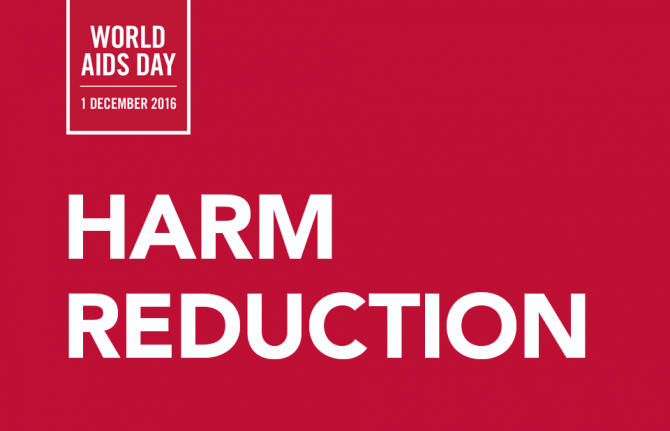
Harm reduction
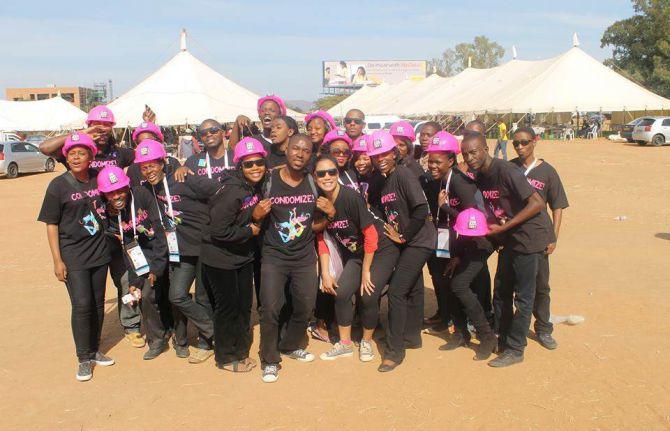
Plain speaking: bringing condoms into the open
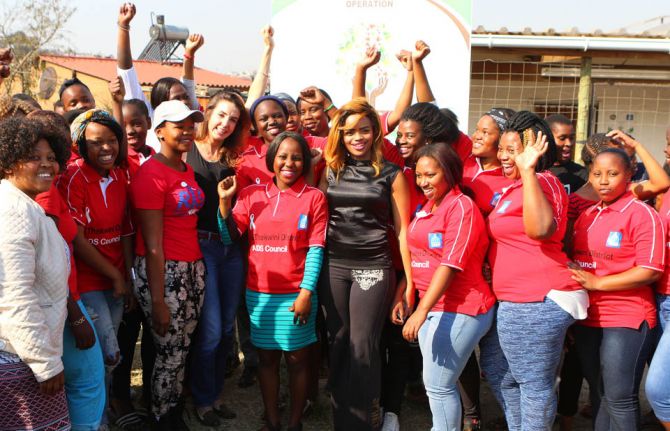
Princesses learn first-hand the realities faced by young women growing up in South Africa

NYC Condom reaching key populations with targeted distribution, marketing and mobile phone app
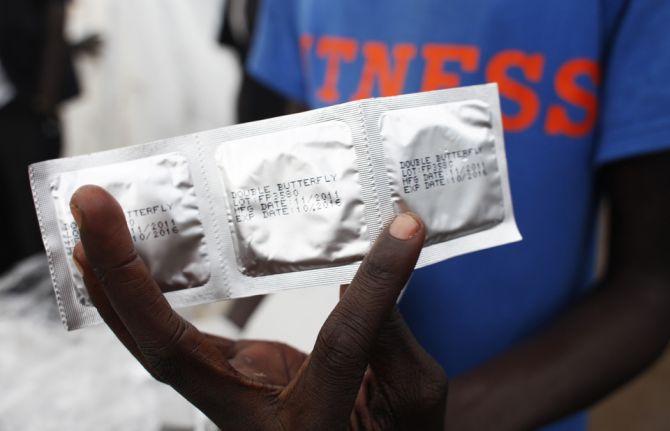
Putting condoms on the Fast-Track as an efficient and cost-effective HIV prevention method

Condoms

Boiler Room and UNAIDS team up to promote HIV testing
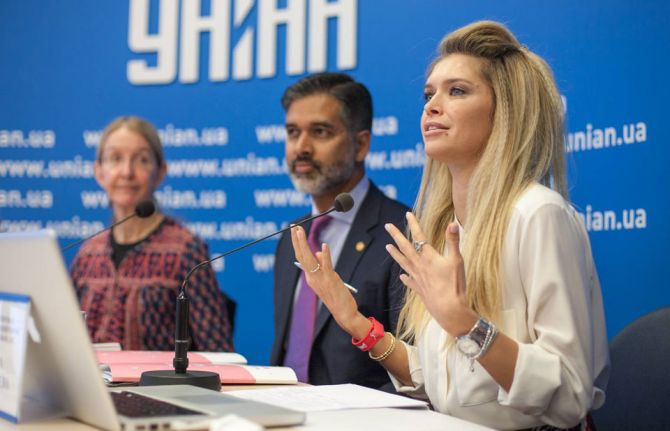
HIV prevention campaign launched in Ukraine
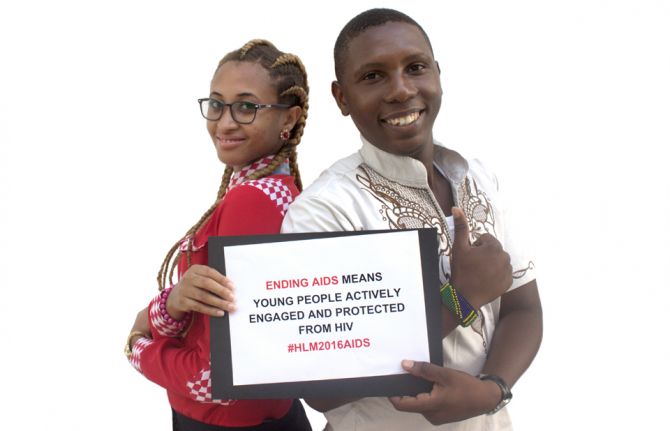
Breaking down the barriers on international youth day – young people need better access to HIV services
Football stars promote HIV prevention in China
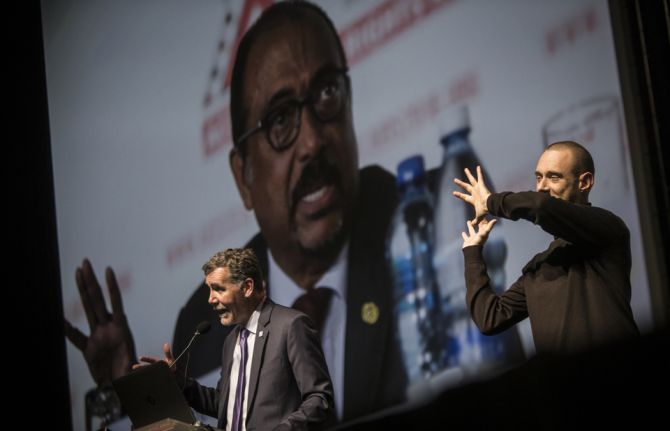
The 2016 International AIDS Conference closes with a call to reject complacency in the AIDS response

Implementation of the 2016 Political Declaration on Ending AIDS discussed at International AIDS Conference
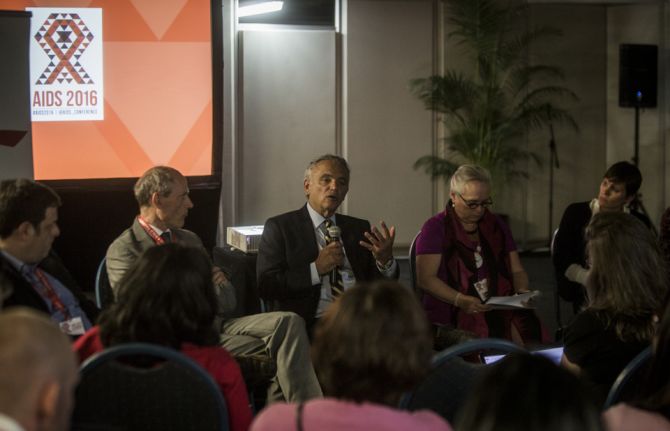
Lessons learned from the United Nations General Assembly High-Level Meeting on Ending AIDS
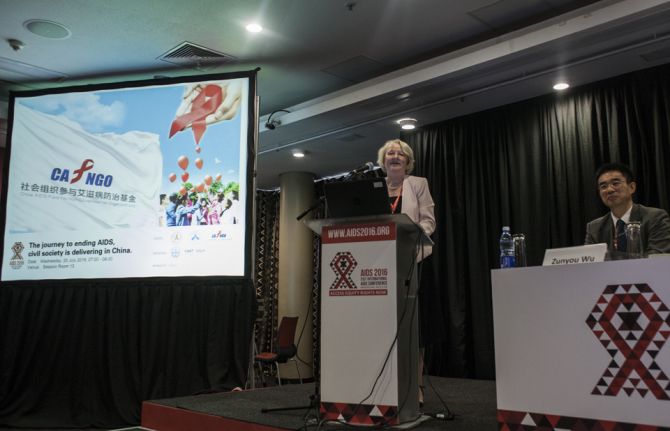
Civil society helps drive tailored responses to end AIDS in China
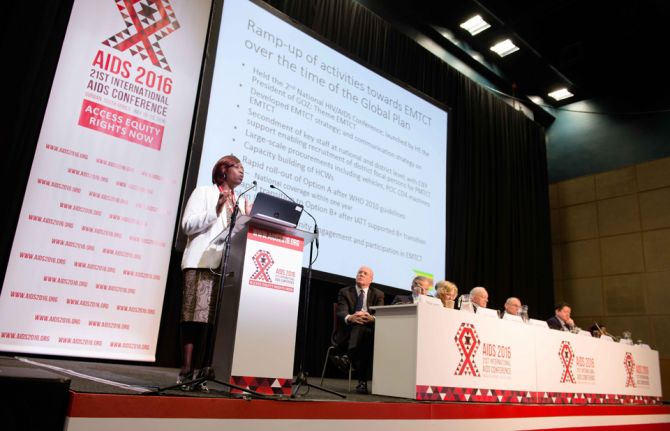
Stopping new HIV infections among children and adolescents and providing treatment to women and children
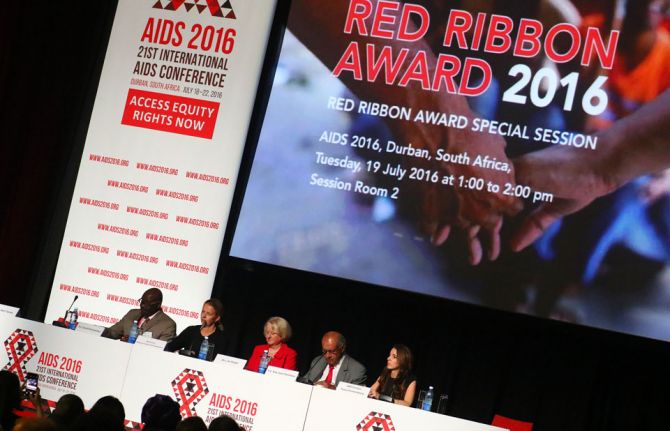
Ten organizations receive Red Ribbon Award for outstanding community leadership on AIDS

Male involvement for better access and equity in the HIV response
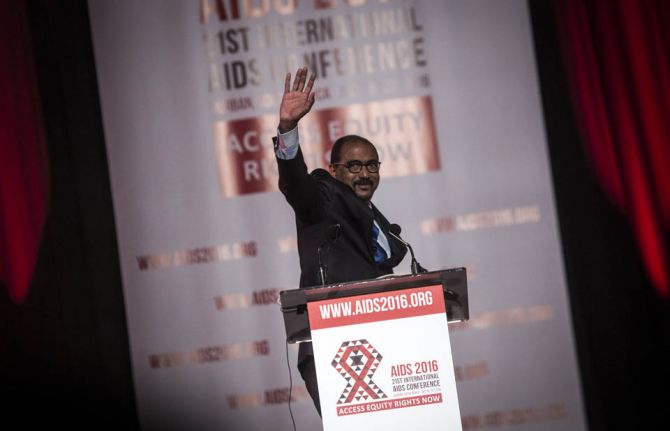
21st International AIDS Conference opens in Durban
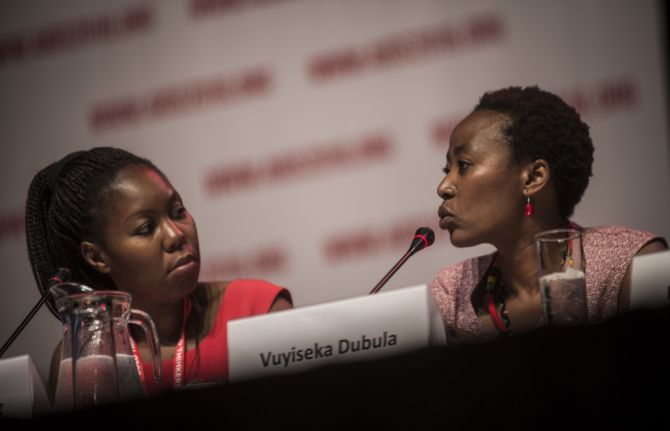
Turning the tide for adolescent girls and young women
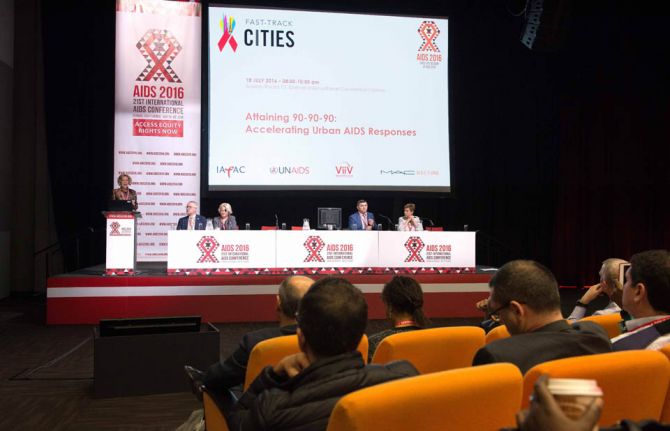
Fast-Track cities reaching the 90–90–90 targets
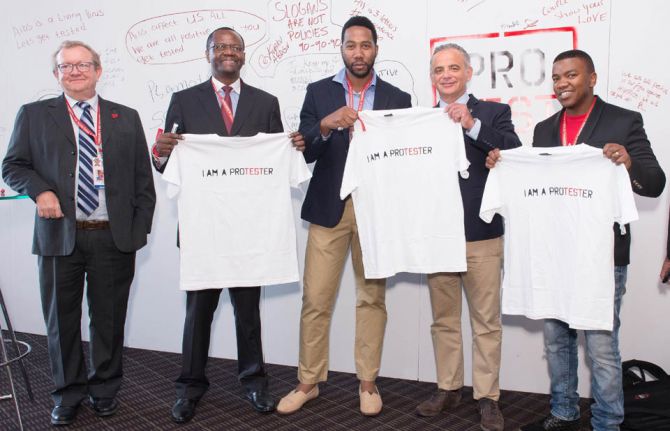
UNAIDS and Anglo American team up to promote HIV testing

Putting a quarter for HIV prevention firmly on the global agenda

Creating an AIDS-free generation with and for adolescents
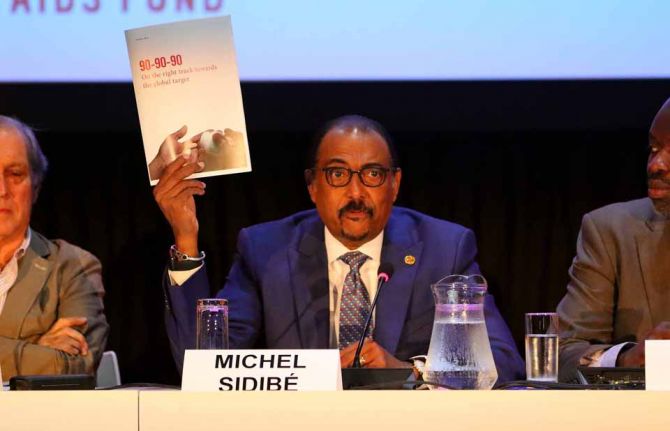
Global gains made towards the 90–90–90 targets
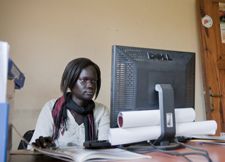
Almost 5 million workers reached under ILO’s VCT@WORK initiative and 3 million tested for HIV

UNAIDS warns that after significant reductions, declines in new HIV infections among adults have stalled and are rising in some regions
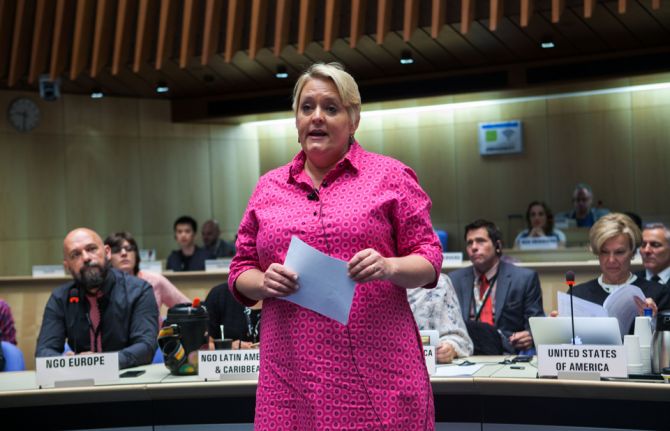
Taking action to invest in community responses to HIV
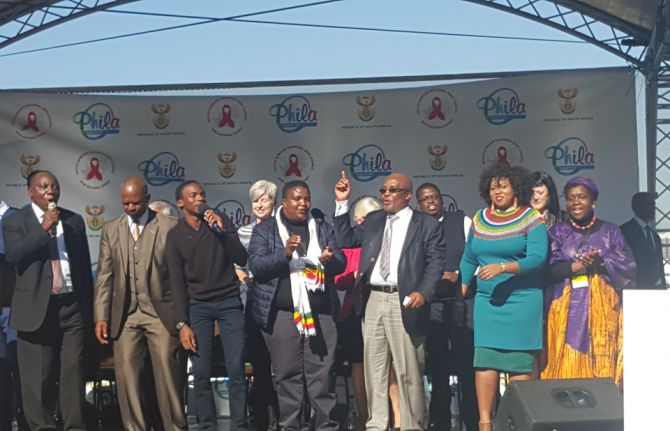
South Africa launches national campaign for young women and adolescent girls
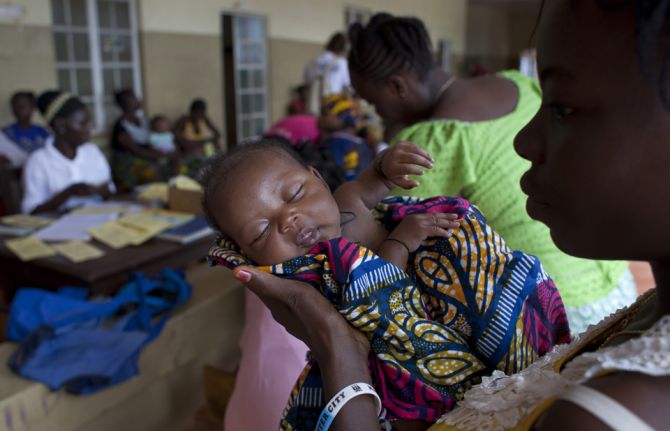
WHO: Two cutting-edge technologies for HIV detection in infants receive WHO prequalification
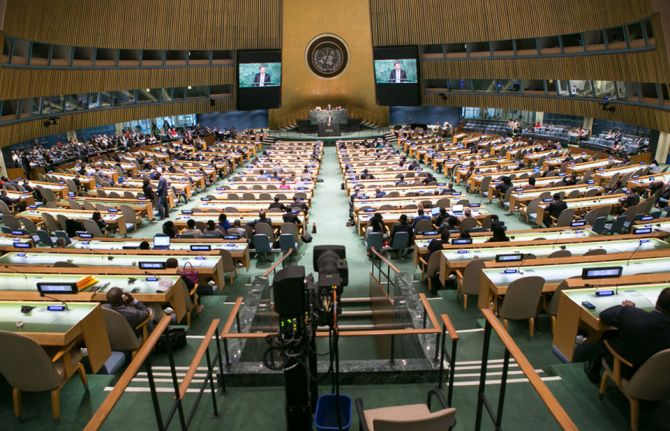
Bold commitments to action made at the United Nations General Assembly High-Level Meeting on Ending AIDS
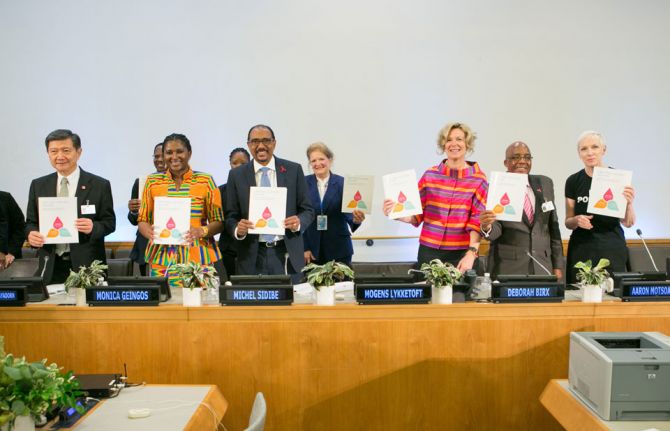
UNAIDS and PEPFAR announce dramatic reductions in new HIV infections among children in the 21 countries most affected by HIV in Africa
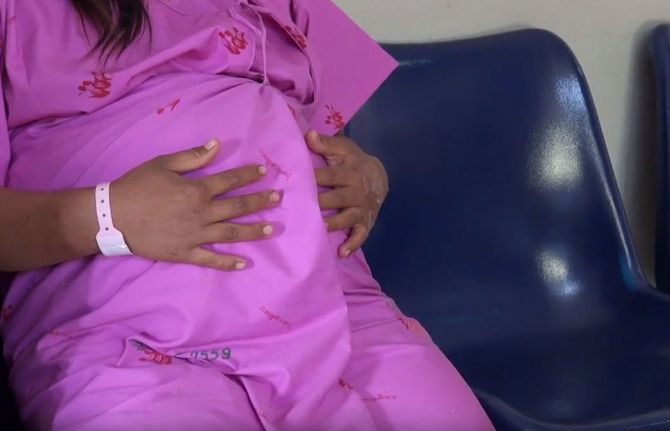
Thailand is first country in Asia to eliminate mother-to-child transmission of HIV and syphilis
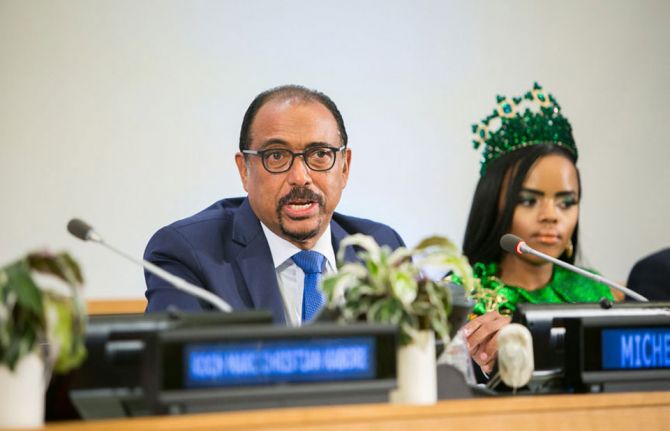
Stopping new infections: a quarter for HIV prevention

WHO validates elimination of mother-to-child transmission of HIV and syphilis in Armenia, Belarus and the Republic of Moldova
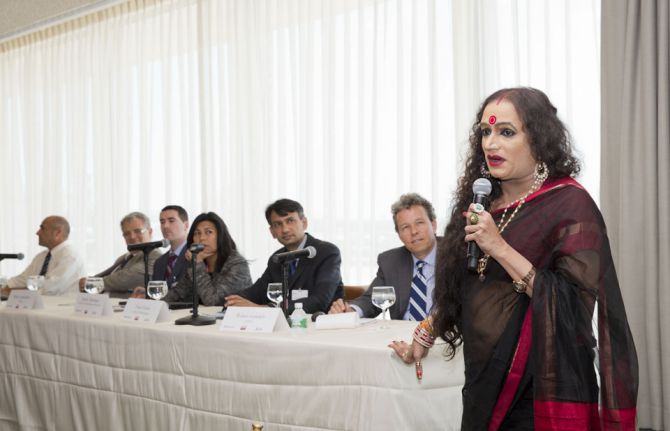
City mayors, the private sector, governments and civil society share and display innovations in technology that transform the HIV response

Mayors of New York and Paris convene a global meeting of mayors on ending AIDS in cities

HIV testing campaign reaches thousands of motorcycle taxi drivers in Nairobi
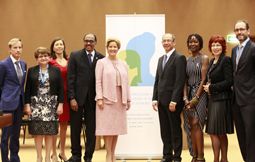
69th World Health Assembly: speakers at high-level side event call for a Fast-Track response to end the AIDS epidemic among women and adolescent girls
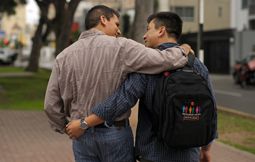
UNAIDS calls for full and complete access to quality health care, including mental health care, for lesbian, gay, bisexual, transgender and intersex people
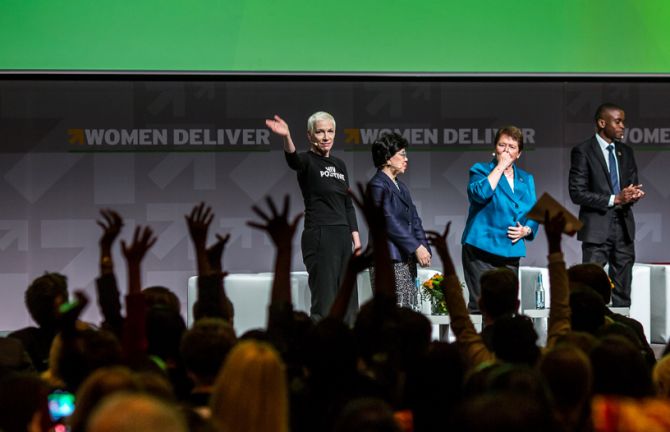
Women Deliver: ensuring a development agenda for women and girls

Marathon runners commemorate International AIDS Candlelight Memorial in Kazan, Russian Federation

Kyiv commits to ending the AIDS epidemic by 2030
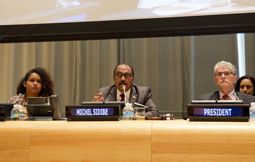
Investing in community-led action will be critical to ending the AIDS epidemic
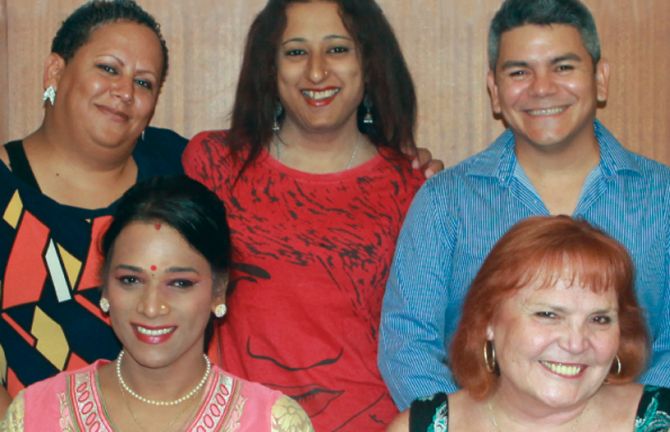
Implementing comprehensive HIV and STI programmes with transgender people
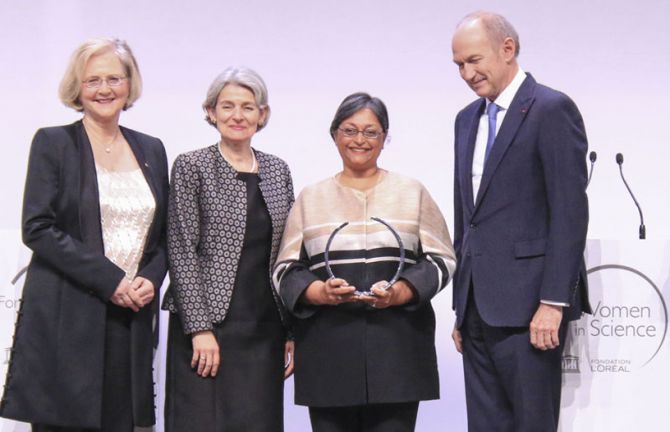
Empowering women to prevent HIV infection in Africa
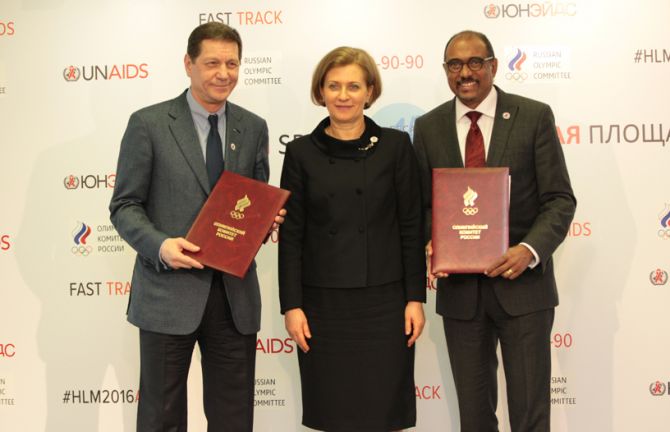
UNAIDS and Russian Olympic Committee join forces to raise awareness about HIV
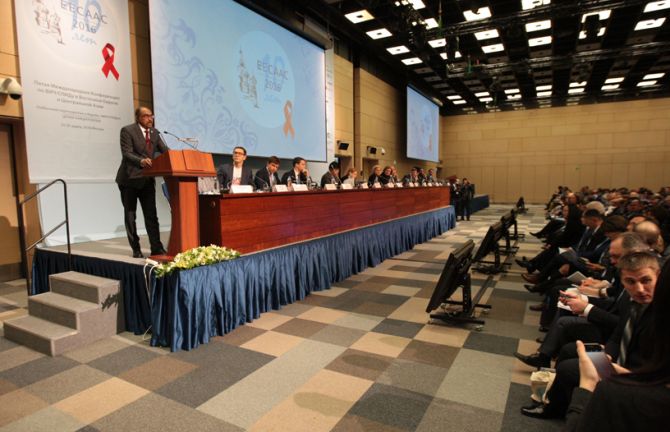
EECAAC 2016 opens with an urgent call to eastern Europe and central Asia to get on the Fast-Track to end AIDS
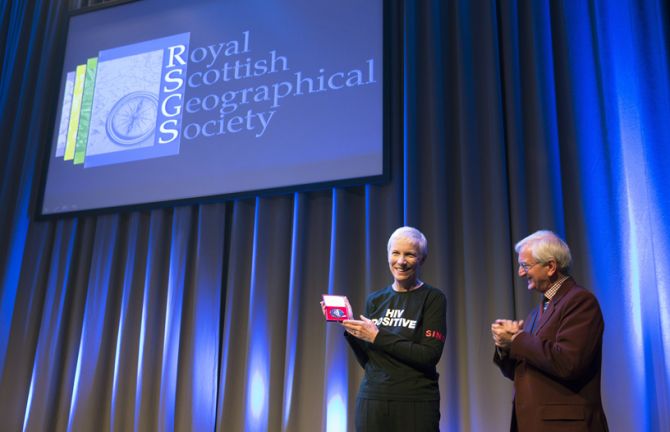
Annie Lennox awarded prestigious Livingstone Medal

UNAIDS and Xinhua renew their partnership towards ending the AIDS epidemic by 2030
